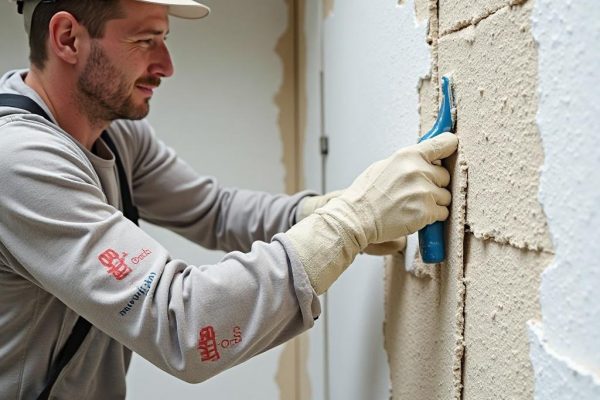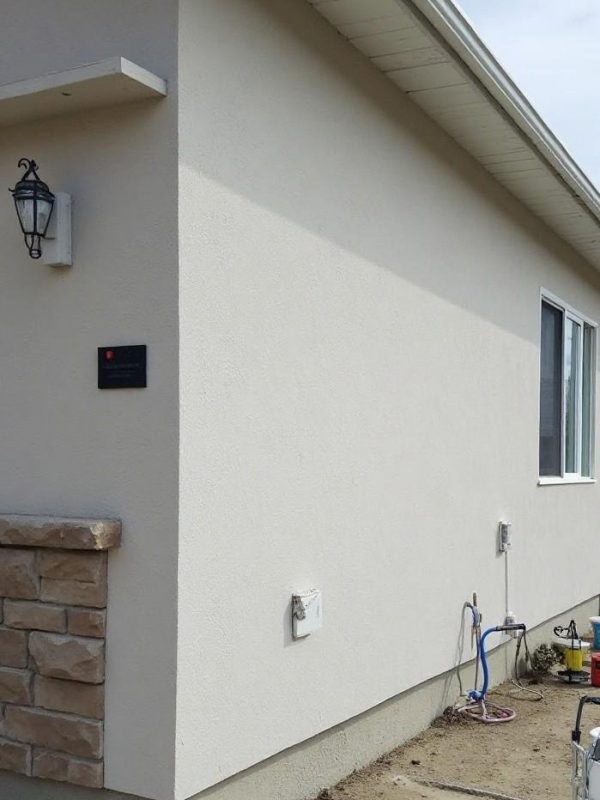
How to Effectively Repair and Reinforce Your Masonry
Introduction
Masonry is a durable construction material that has stood the test of time, but it’s not immune to damage. Over the years, structures made from brick, stone, or concrete might develop cracks due to various factors such as weather conditions, ground movement, or poor installation. This article aims to guide you through the process of effectively repairing and reinforcing your masonry. If you're in Fort Saskatchewan, AB, Canada, and are in need of masonry repairs, this comprehensive guide will provide you with valuable insights.
Understanding Masonry Repairs
What Are Masonry Repairs?
Masonry repairs involve fixing any damage that occurs in structures made of brick, stone, or concrete. These repairs can range from minor crack filling to major structural reinforcement.
Why Do Masonry Structures Need Repairs?
Masonry structures can develop issues over time for several reasons:
- Weathering: Rain, snow, and extreme temperatures can erode masonry.
- Ground Movement: Shifting soil can cause foundation problems.
- Poor Workmanship: Inadequate initial installation might lead to future problems.
Signs You Need Masonry Repairs
How do you know when it's time for repairs? Here are some common signs:
- Cracks in walls
- Water leaks
- Loose bricks or stones
- Stains on walls
Identifying Types of Cracks in Masonry
Hairline Cracks
These are very thin cracks that often don't indicate serious problems but may allow moisture infiltration.
Vertical Cracks
Vertical cracks usually indicate settling issues. They may require professional evaluation.
Horizontal Cracks
Horizontal cracks are more concerning as they often signal structural failure due to pressure from soil or water.
Diagonal Cracks
These types of cracks can point toward uneven settling and should be inspected closely.
Assessing the Damage Before Masonry Repairs
Visual Inspection Techniques
Start with a thorough visual inspection. Look for signs of moisture damage, crumbling mortar joints, and loose bricks.
Using Tools for Assessment
Utilize tools like a level to check for alignment issues and a moisture meter to detect hidden leaks.
Steps for Effective Masonry Repair
Gathering Necessary Materials and Tools
Before starting any repair work:
- Ensure you have the right tools: trowel, mortar mix, sealant.
- Gather safety gear: gloves, goggles.
Cleaning the Area for Repair
Remove any loose material around the crack using a wire brush. EIFS installation near me Cleaning is crucial for proper adhesion during repairs.
Choosing the Right Mortar Mix
Select a mortar mix that matches your existing masonry in texture and color. Consult local suppliers if unsure.
Repair Strategies for Different Types of Cracks
Fixing Hairline Cracks
For hairline cracks:
Repairing Vertical Cracks
For vertical cracks:
Addressing Horizontal Cracks
Horizontal cracks may require more intensive work:
Reinforcing Your Masonry Structure
Importance of Reinforcement in Masonry Repairs
Reinforcement helps prevent future issues by adding strength to weak points within your structure.

Types of Reinforcements Available
Preventative Measures Post-Masonry Repair
Regular Maintenance Tips
Conduct regular inspections every few months looking specifically for new signs of wear or damage.

Weatherproofing Your Masonry
Apply sealants or water repellents designed specifically for masonry surfaces to protect against moisture intrusion.
FAQs about Masonry Repairs
Q1: How long does it take to complete masonry repairs?
A: The timeline varies based on damage severity but generally ranges from a few hours to several days for significant repairs.
Q2: Can I do masonry repairs myself?
A: Minor repairs may be manageable; however, extensive damage should be evaluated by professionals in Fort Saskatchewan.
Q3: What causes moisture issues in masonry?
A: Poor drainage systems around your property or damaged gutters may lead to moisture build-up in your masonry structure.
Q4: How much do masonry repairs cost?
A: Costs depend on various factors including location and extent of damage but expect anywhere from $500 to $5,000 on average.
Q5: Is it worth reinforcing old masonry?
A: Yes! Reinforcement can significantly extend the life of an old structure while improving its safety and resilience against future issues.
Q6: Do I need permits before undertaking major masonry repairs?
A: It’s advisable to check local regulations as permits might be required depending on the scope of your project in Fort Saskatchewan.
Conclusion
In conclusion, understanding how to effectively repair and reinforce your masonry is crucial for maintaining its durability and aesthetic appeal over time. Whether you’re dealing with small hairline cracks or significant structural failures, taking timely action can save you money and stress down the road. If you're located in Fort Saskatchewan, AB, Canada, don’t hesitate to consult local experts specializing in masonry repairs who can provide tailored solutions specific to your needs.
By following these guidelines laid out in “From Cracks to Strength: How to Effectively Repair and Reinforce Your Masonry,” you'll not only enhance your property’s value but also ensure it stands strong against environmental challenges for years to come!